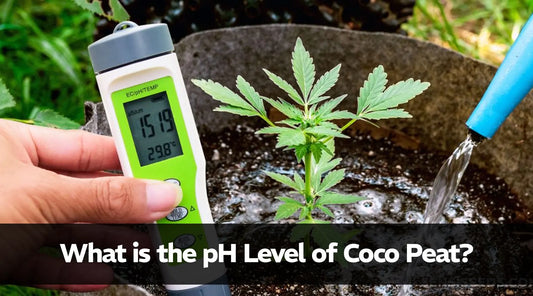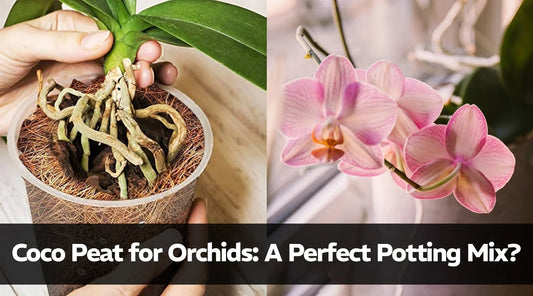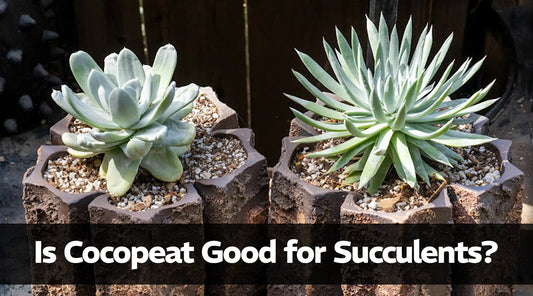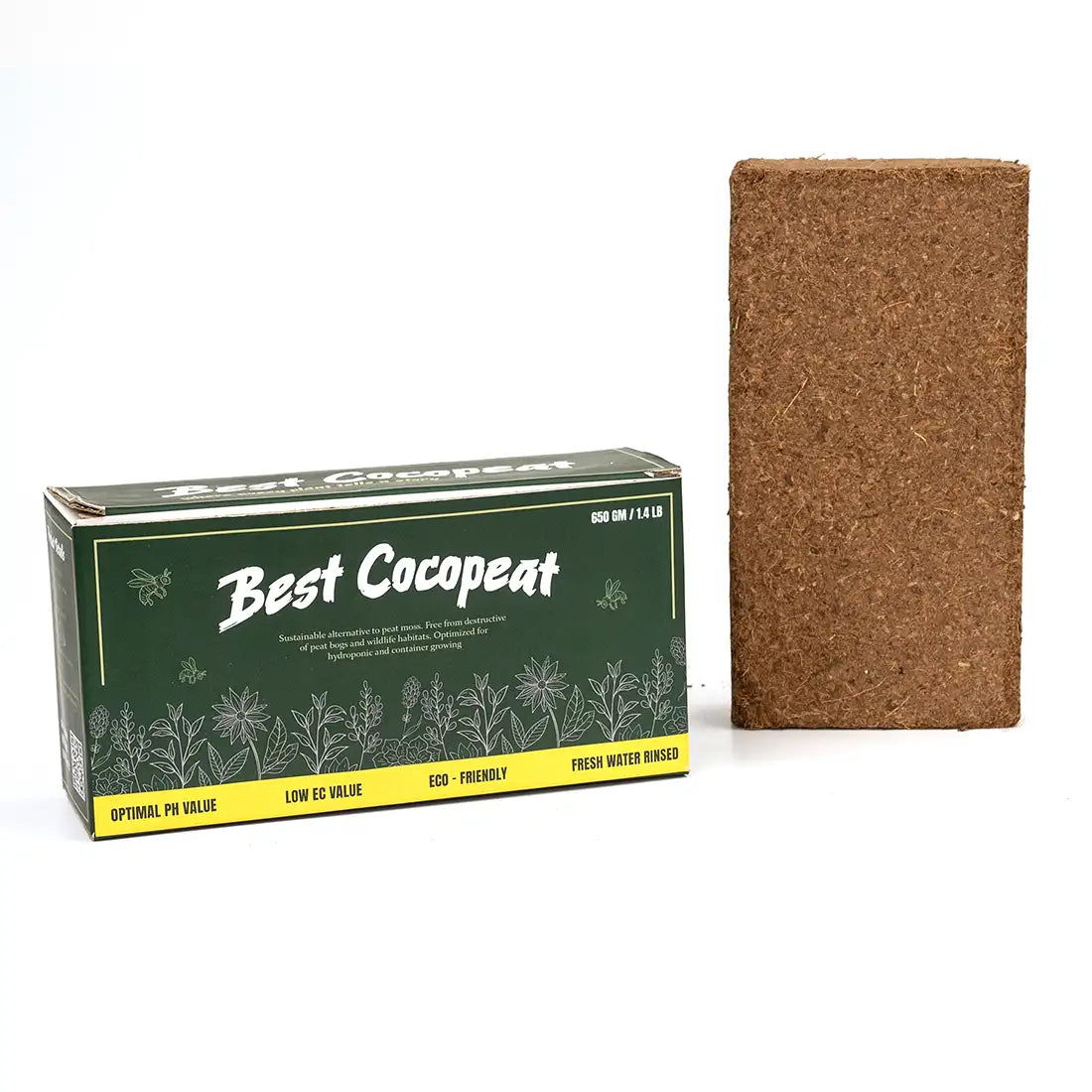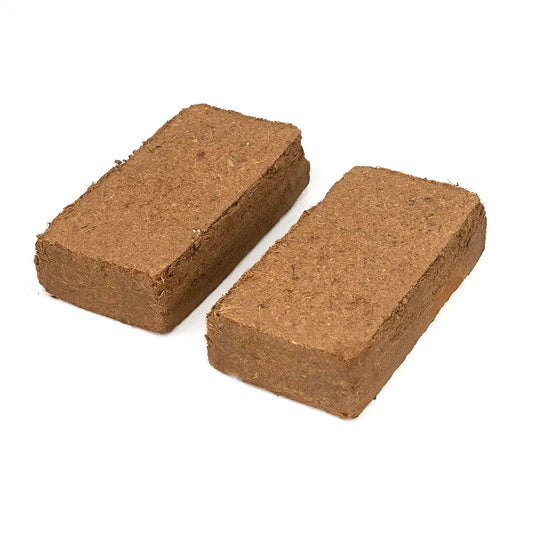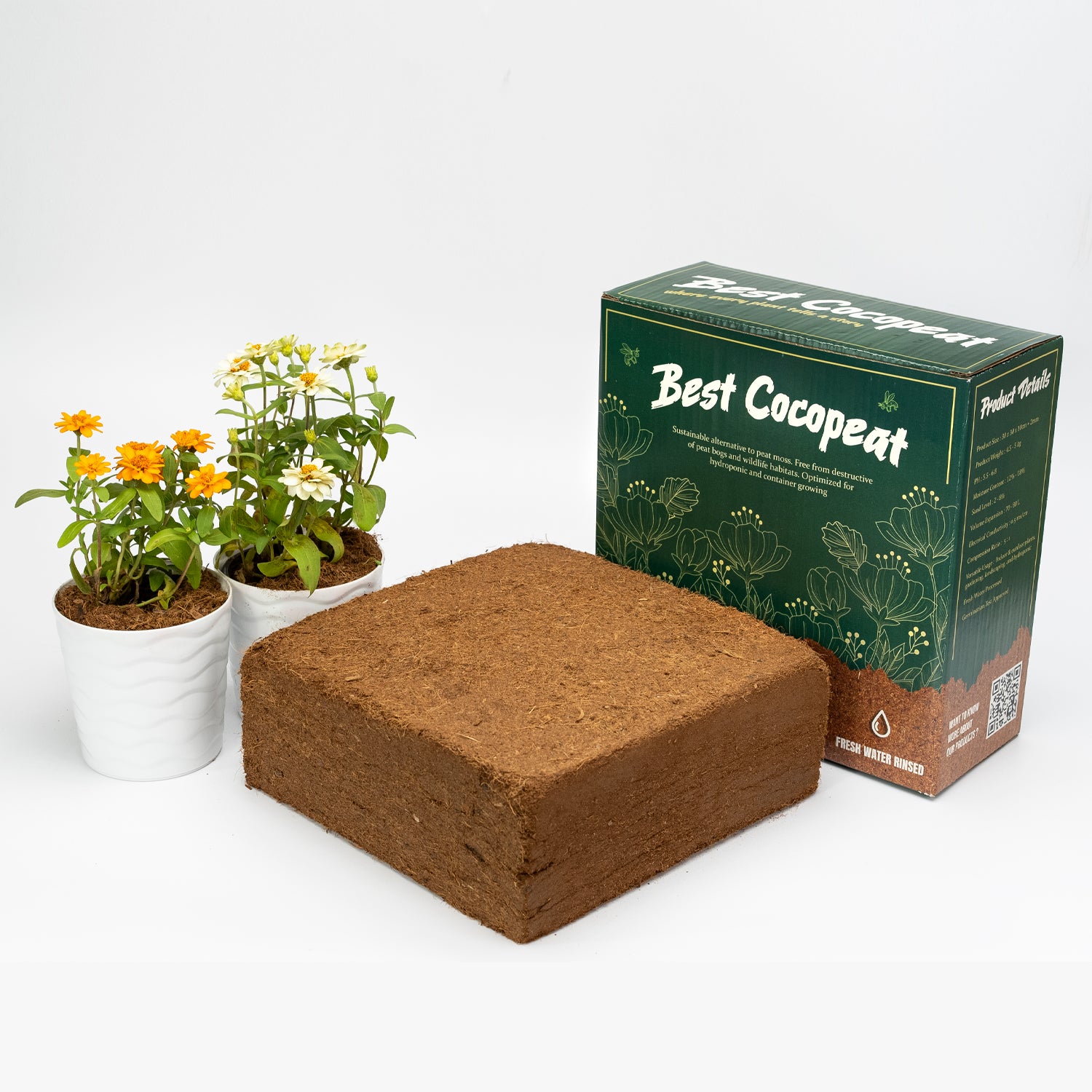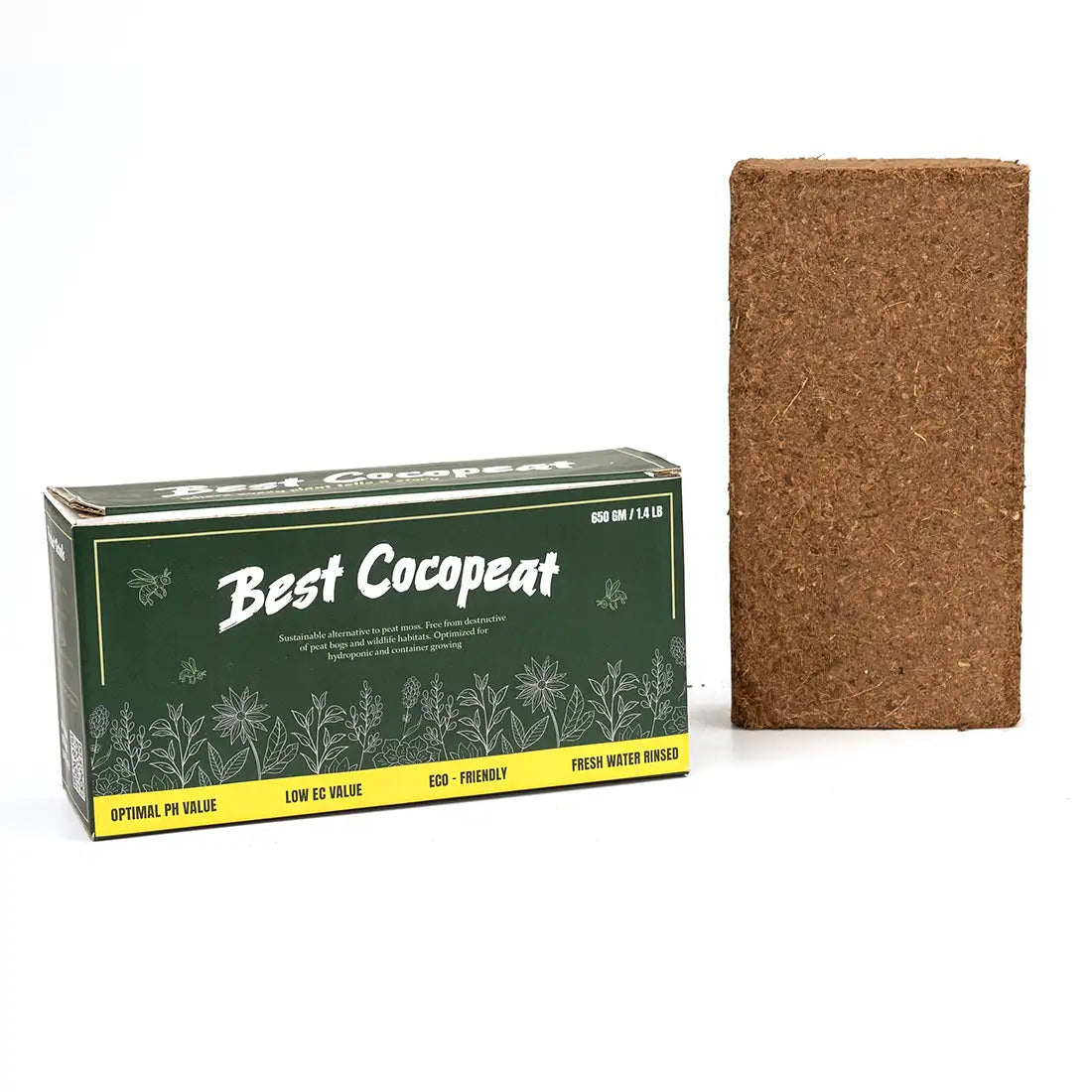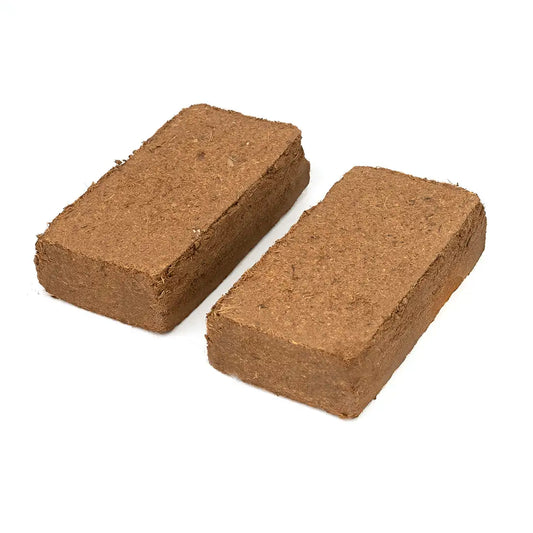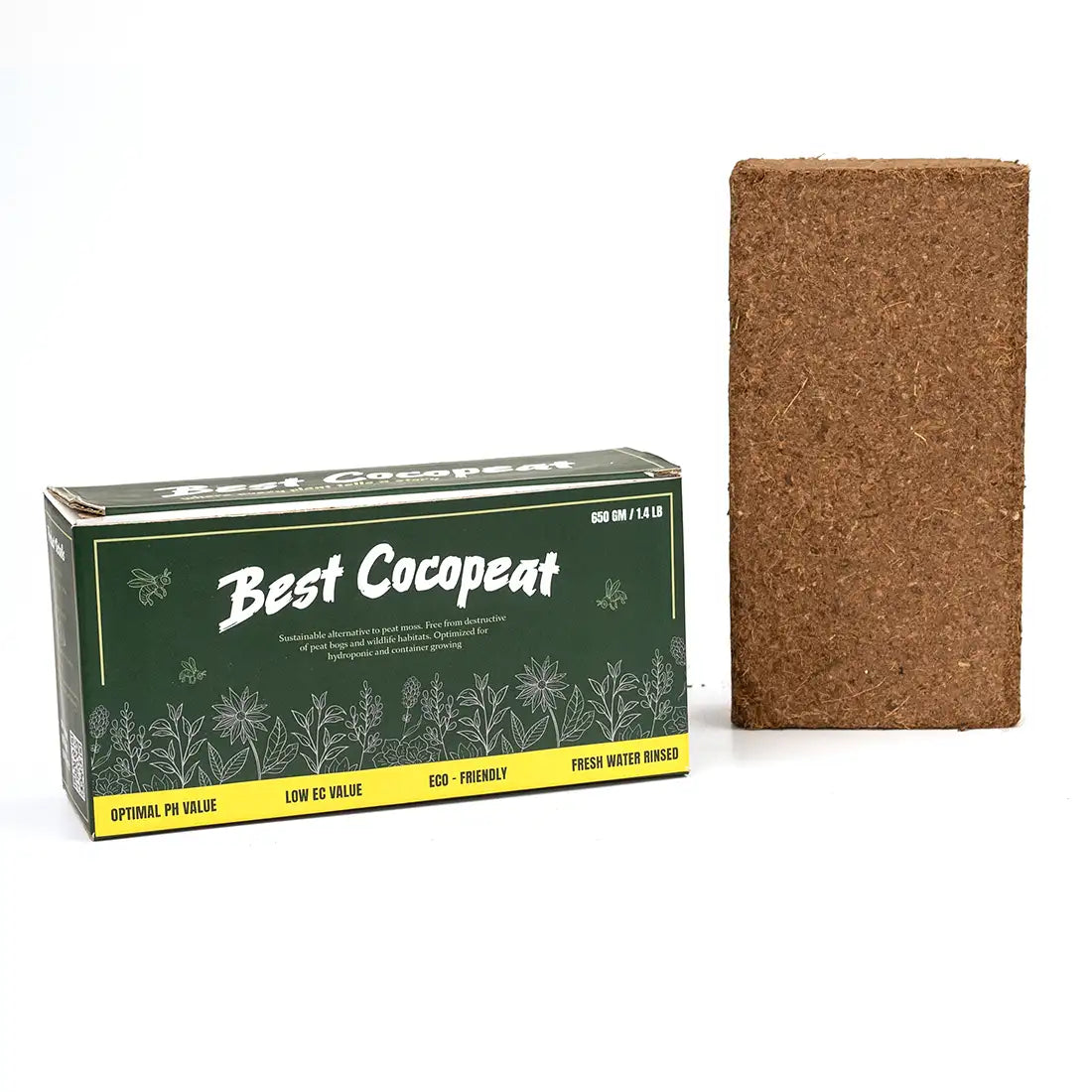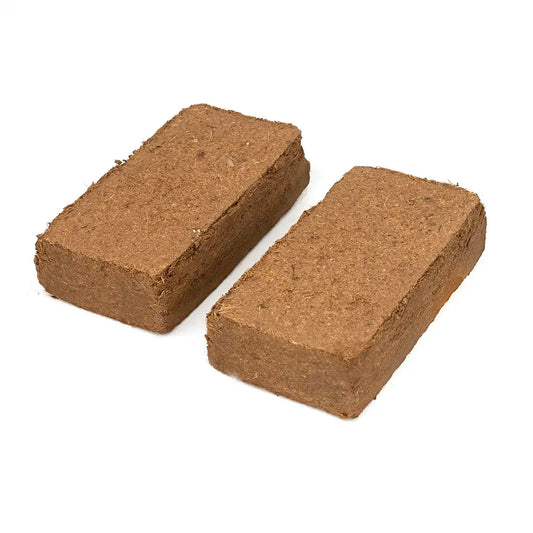Using potting mix effectively is crucial for growing healthy plants, particularly in containers where plants rely entirely on the nutrients and structure of the soil for growth. Here’s a comprehensive guide on how to use potting mix effectively:
1. Choosing the Right Potting Mix
- General Potting Mix: Ideal for most indoor plants, herbs, and container gardening. It’s usually well-balanced in terms of aeration, drainage, and moisture retention.
- Specialty Mixes: Look for specific types of potting mixes tailored for certain plants. For example, cacti and succulents require fast-draining, gritty mixes, while orchids thrive in bark-heavy mixes.
- Cocopeat-Based Mixes: For an eco-friendly option with excellent water retention, consider cocopeat-based potting mixes. Cocopeat provides natural aeration and moisture retention, making it a versatile choice for a wide range of plants. You can explore high-quality cocopeat products at bestcocopeat.com.
2. Preparing the Pot

- Ensure Good Drainage: Choose containers with drainage holes to prevent waterlogging, which can lead to root rot. If using a decorative pot without a drainage hole, consider placing a layer of stones or gravel at the bottom to help excess water drain away from the roots.
- Avoid Over compacting the Mix: Loosen the potting mix before adding it to your container. Compacted soil reduces aeration and makes it harder for roots to spread.
3. Moisten the Potting Mix

- Pre-Wet the Mix: Many potting mixes are peat-based, which can initially repel water. Before using, add water gradually and mix until the soil is evenly moist but not soggy. This ensures the roots will have immediate access to moisture once planted.
- Check for Adequate Moisture Retention: After planting, water the container well. Check that the water is absorbed, and see if any excess drains from the bottom of the pot, indicating the soil is holding moisture but not overly saturated.
4. Adding Nutrients (if needed)

- Check for Pre-Fertilized Mixes: Many potting mixes come with a slow-release fertilizer. If it doesn’t, consider adding a balanced, slow-release fertilizer according to your plants' needs.
- Refresh Nutrients Periodically: After about 6–8 weeks, nutrients in potting mix may be depleted, especially if it's an all-purpose mix. Top-dressing with compost or adding a water-soluble fertilizer will help maintain healthy plant growth.
5. Planting

- Follow Planting Depth Requirements: Ensure seeds, seedlings, or plants are planted at the correct depth. Generally, seeds should be sown just below the surface, while established plants should sit at the same soil level they were previously growing in.
- Press Lightly Around Roots: Firm the potting mix gently around the base of your plants to provide support without compacting it too much.
6. Regular Care and Maintenance

- Water Appropriately: Check moisture levels regularly by sticking your finger about 1-2 inches into the soil. Water when the top inch feels dry. Overwatering can lead to poor drainage, so water according to the plant’s specific needs.
- Replenish and Replace: After a growing season, or at least once a year, it’s advisable to refresh the potting mix, particularly if it has compacted or is no longer draining well.
Using potting mix correctly ensures a good balance of water, nutrients, and air for your plants, all of which contribute to their health and growth.
Using cocopeat from www.bestcocopeat.com can help improve soil structure and moisture retention, making it perfect for growing healthy radishes.
The Best Coco Peat Premium Coir Pith is a natural product made from coconut husk. When you add water, it expands to fill about 15 gallons. It helps soil hold more water, which means you don't need to water your plants as often. It also makes the soil light and airy, so plant roots can grow easily.
For gardening and farming, coco peat is a great choice. It helps plants grow stronger by giving them the right amount of water and air. It also fights off mold and fungus, which means healthier plants without using chemicals. It's good for gardens, potted plants, and even farms. Plus, it's eco-friendly and easy to use!

